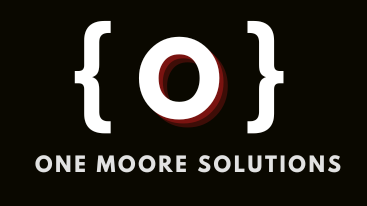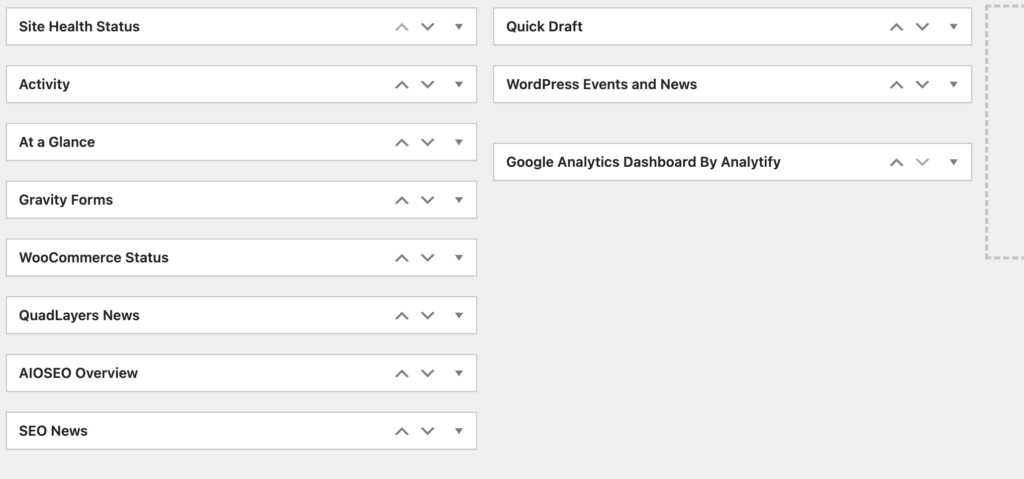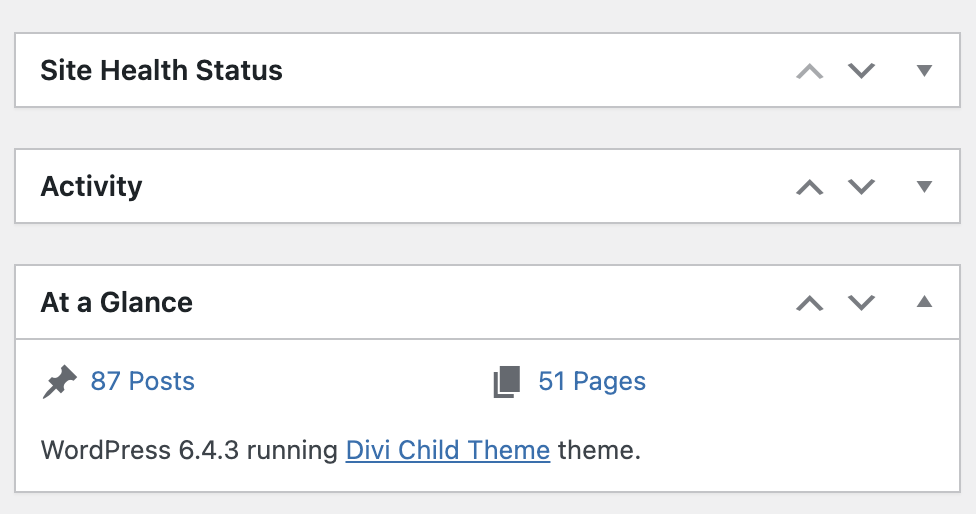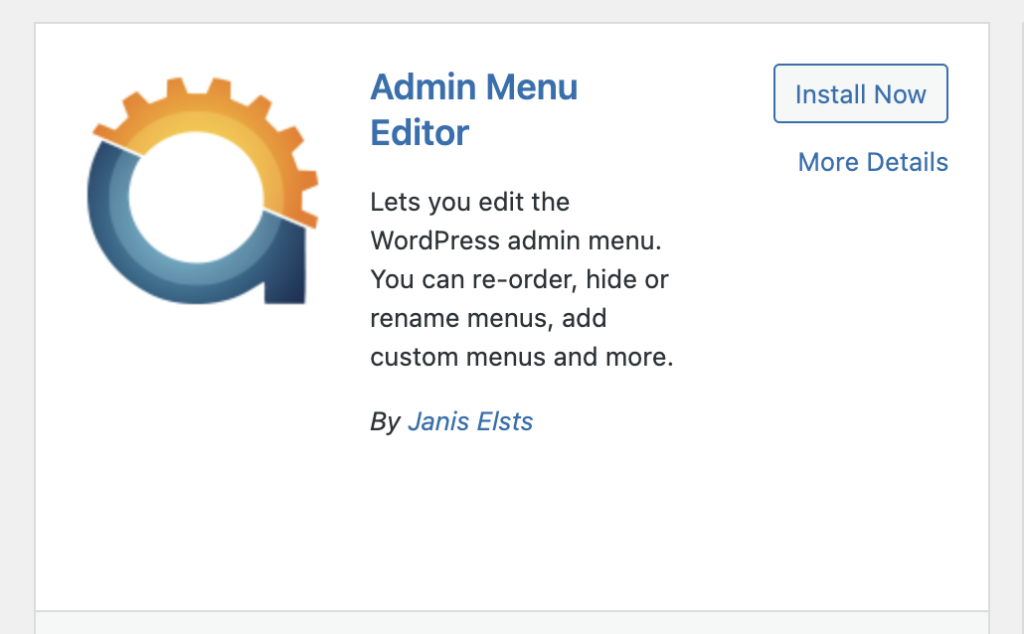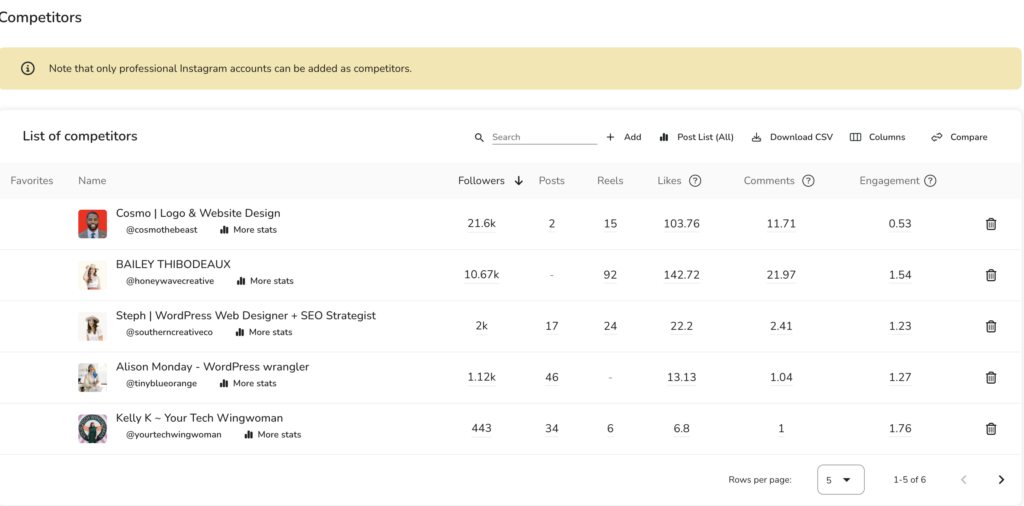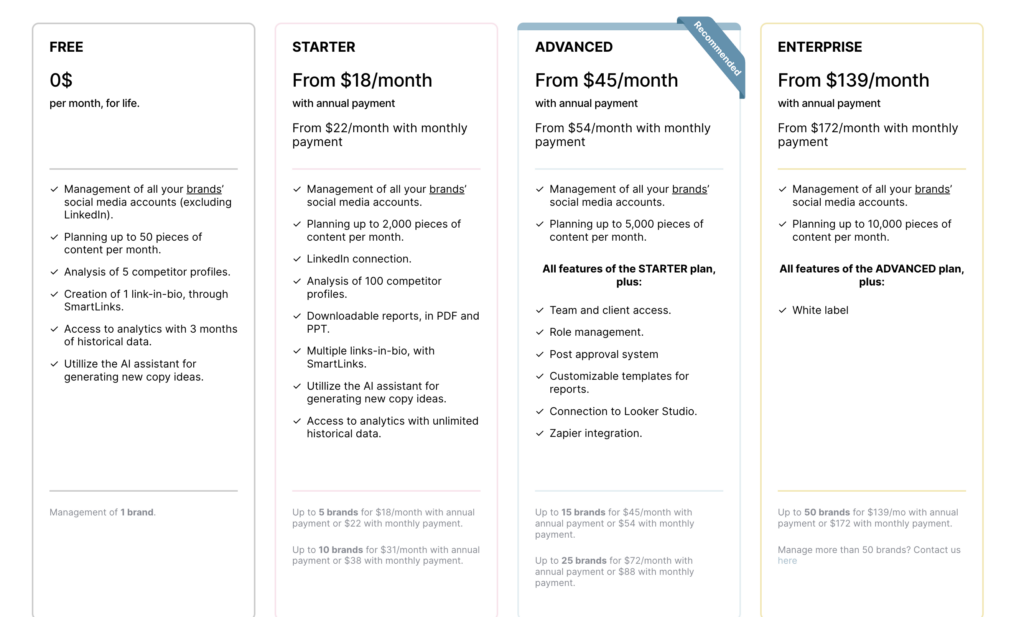
Trust the Process: How to Create an Effective Workflow
Running a business, maintaining a website, and balancing personal life can feel like a bit of a rollercoaster. But with the right process, it can be manageable and enjoyable. Here’s how I approach creating a process that keeps everything running smoothly.
Step 1: Start with Pen and Paper
There’s something incredibly grounding about starting with pen and paper. When I need to get organized, the first thing I do is sit down with a notebook. Writing things down helps me to clear my mind and get a tangible sense of what needs to be done.
Step 2: List All Tasks
Next, I list out everything I need to accomplish. This could be anything from creating social media posts for the week, managing client website maintenance, to balancing home and family life. Getting everything down on paper is the first step to making it feel manageable.
Step 3: Prioritize Tasks
Once I have my list, I prioritize. This means identifying what needs immediate attention and what can be scheduled later. Prioritizing helps ensure that urgent tasks are handled promptly, and nothing critical falls through the cracks.
Step 4: Break Down Each Task
Breaking down tasks into smaller, actionable steps is key. For example, creating social media posts involves brainstorming ideas, designing graphics, and scheduling posts. By breaking it down, each step feels more achievable, and I can track my progress easily.
Step 5: Trust the Process
Finally, I remind myself to trust the process. It’s easy to feel overwhelmed when looking at a long list of tasks. But by taking it one step at a time and trusting that I have a solid process in place, I can stay calm and focused.
Why Trusting the Process Works
Trusting the process is about having faith in your ability to manage your tasks and knowing that you have a system in place that works. It’s about being patient with yourself and recognizing that everything takes time and effort.
Practical Tips to Start Your Process
- Set Clear Goals: Know what you want to achieve with each task.
- Use Tools: Digital tools like Trello or Google Drive can help keep you organized.
- Stay Flexible: Be prepared to adjust your process as needed.
- Take Breaks: Don’t forget to give yourself some downtime to recharge.
Conclusion
Creating a process might seem daunting at first, but once you break it down and start implementing these steps, you’ll find it much easier to manage your tasks and achieve your goals. Remember, trust the process and stay consistent. You’ve got this!
Need Help Creating Your Process?
If you’re feeling overwhelmed and need help creating a process that works for you, let’s chat! I specialize in helping solo business owners streamline their tasks and reduce stress.
